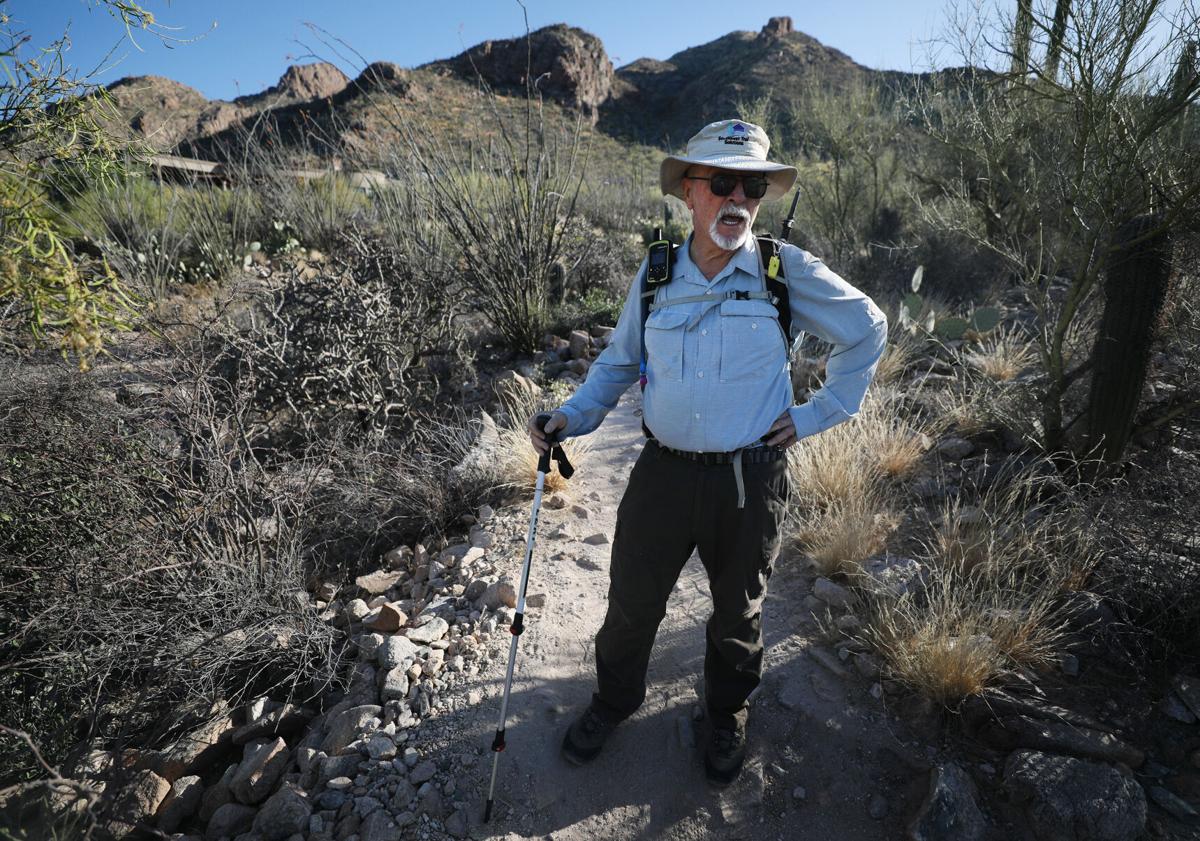Switchbacks in hiking are paths zigzagging up steep terrain. They make ascents easier by reducing the slope gradient.
Hikers across the globe encounter switchbacks as they navigate mountains and hilly landscapes. These ingeniously designed trails help distribute the elevation gain over a greater distance, making steep climbs more manageable. They often provide scenic views and rest spots for hikers, allowing them to appreciate the surrounding beauty while catching their breath.
By employing a series of turns, switchbacks help protect the natural environment from the erosion that a straight uphill path might cause. They are essential for maintaining trail sustainability while enhancing safety for hikers. Not only do switchbacks conserve energy for those on the path, but they also exemplify thoughtful trail engineering by bringing balance between human recreation and nature conservation.
Unraveling The Trail Design
Switchbacks are essential in hiking trail design. They help hikers climb steep mountains by zigzagging back and forth. Each of the trail’s turns, known as a switchback, reduces the slope, making the ascent or descent easier. This design dates back to ancient paths, used by both animals and humans. Now, these paths are refined for safety and sustainability.
These geometrical patterns protect the mountain environment. They prevent erosion by managing water runoff and reducing the trail’s impact. Also, they provide stunning views for hikers, as each turn reveals a new perspective of the landscape. Understanding the switchback’s geometry helps us appreciate the balance between nature and recreational use.

Credit: tucson.com
Navigating Switchbacks
Navigating switchbacks efficiently is essential for hikers. Proper techniques can ease the ascent on steep trails. Small, consistent steps prevent overexertion. Focusing on breathing helps maintain a steady pace. Use zigzag patterns to reduce direct uphill strain. This approach conserves energy and increases hiking endurance.
Switchbacks impact both pace and endurance. They may slow down hikers due to increased path length. Yet, they allow for a more manageable incline, sustaining a hiker’s stamina over longer distances. The key is to find a rhythm that matches the path’s demands. Conserving energy through switchbacks can improve overall hiking performance.
Environmental Considerations
Switchbacks on hiking trails are vital for preventing erosion. Erosion occurs when the soil on trails washes away. This can harm plants and water quality. Creating switchbacks helps control water flow on slopes.
They also protect local habitats by reducing the need to cut straight paths through forests. This helps keep homes for animals and plants safe. Using switchbacks means less damage to nature.
Switchbacks In Iconic Trails
Switchbacks zigzag up mountains, making steep ascents easier. Iconic trails often use them to reach summits safely. On famous mountains, each switchback reflects centuries of pathfinding efforts and cultural stories.
| Mountain | Trail Name | Notable Switchback |
|---|---|---|
| Mount Everest | South Col Route | Geneva Spur |
| Mount Kilimanjaro | Machame Route | Baranco Wall |
| Mount Fuji | Fujinomiya Trail | 7th Station Switchback |
These paths not only guide hikers to peaks but also carry heritage importance. Each turn on the trail may represent a story, linking us to those who walked before. Many switchbacks are keys to understanding local traditions and history.
Responsible Hiking On Switchbacks
Switchbacks zigzag across steep terrain, making uphill hikes manageable. Respect for switchbacks is key for trail preservation. Sticking to the designated path prevents erosion and protects local wildlife habitats.
Hikers should avoid cutting through switchbacks. Doing so can damage delicate ecosystems. Stay on marked trails to keep nature intact. Sharing the path courteously with others ensures a safe and enjoyable experience for everyone.
Following the Leave No Trace principles is crucial: pack out trash, leave what you find, and minimize campfire impacts. Always plan ahead and prepare. Respect wildlife and be considerate of other visitors. By adhering to these rules, you support sustainable hiking practices.

Credit: www.amazon.com

Credit: www.amazon.com
Frequently Asked Questions For What Are Switchbacks In Hiking
What Exactly Are Switchbacks In Hiking?
Switchbacks are zigzag paths on steep terrain that make ascending or descending easier. They increase the distance traveled but reduce the gradient, aiding hikers in managing steep hikes without overly straining themselves.
Why Do Trails Have Switchbacks?
Trails use switchbacks to manage steep climbs. This technique reduces soil erosion while making slopes more accessible to hikers. Well-designed switchbacks allow for safer and more sustainable hiking experiences.
How Do You Navigate Switchbacks?
Navigate switchbacks by maintaining a steady pace, following the defined path, and turning at each switch. Avoid cutting switchbacks as this can cause trail damage and increase erosion.
Are Switchbacks Necessary For All Hiking Trails?
Not all trails require switchbacks. They are typically necessary for steep or mountainous terrain to make the trail more manageable and environmentally sustainable. Flatter terrain may not require such pathways.
Conclusion
Embracing switchbacks transforms your hiking journey, turning steep climbs into manageable ascents. They mark the path of endurance and strategic progress up a mountain. As switchbacks zigzag across the terrain, they gift hikers with sustainable trails and breathtaking landscapes. Treasure these winding routes; they’re the keys to conquering peaks with your own steady pace.
Keep exploring, one switchback at a time.
